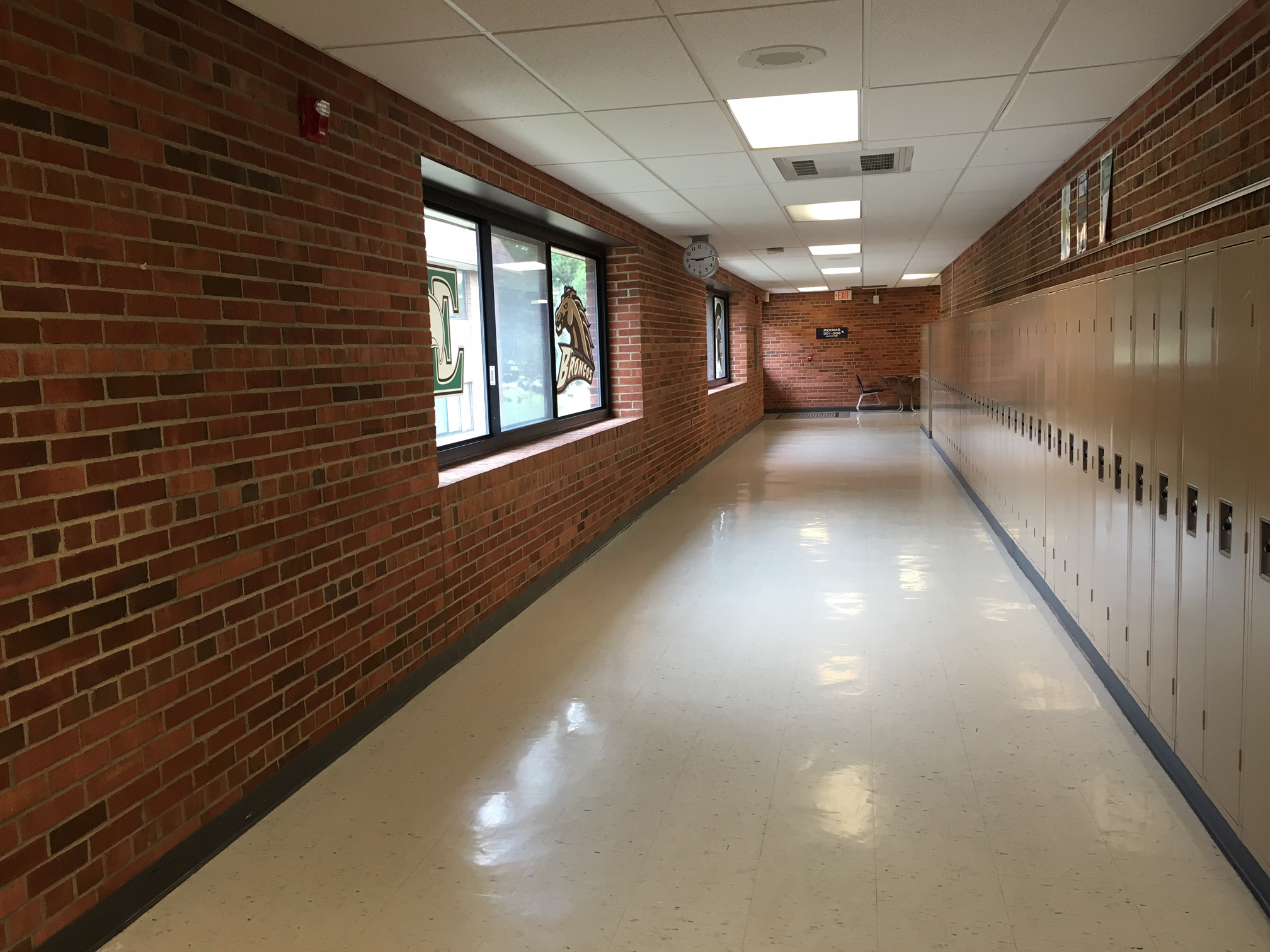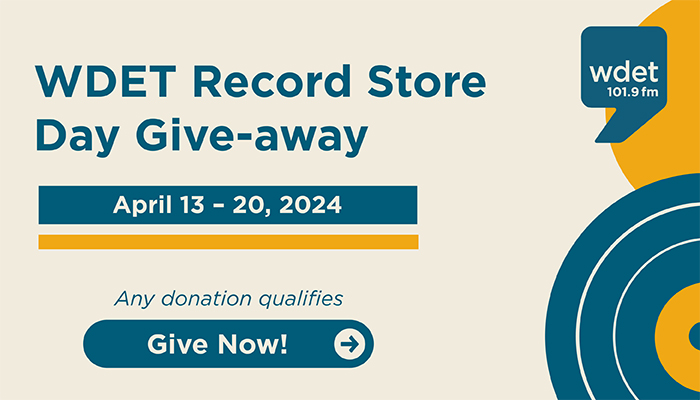Michigan’s 26-Year-Old School Funding Law Hasn’t Fixed Disparities
Proposal A was supposed to make educational funding more equitable across Michigan, but many feel that it still leaves a wide funding gap between districts.

It’s been 26 years since Michigan voters approved a new way of funding schools. One of the goals of Proposal A was to create a more equitable system across the state. It created our unique system of per-pupil funding allocated each year at the state level, setting a baseline for the amount schools get which lifted up many of the poorest districts in Michigan.
“The cost of healthcare and pensions for school districts has ballooned.” — Chad Livengood, Crain’s Detroit Business
But inequities still exist under Proposal A. Since 1994, districts with the lowest levels of funding have still not caught up to the wealthiest districts, and schools are at the mercy of turbulent economic trends that fluctuated wildly over the last three decades. Many educators, experts, families and politicians want a re-write or an update to the law, but some still feel that that goal is elusive.
Guest
Chad Livengood is the senior editor at Crain’s Detroit Business who wrote a piece this week about the history of school funding reform. He says one of the major holdups to educational funding is the nature of where the funding comes from.
“Sales tax is the predominant way we fund schools now and that can be cyclical. In this recession it’s rebounding, but in 2008 that was not the case. Millages, property tax and sales taxes, these revenue streams are not reliable,” he says.
Livengood says another setback is that funding doesn’t go as far as it did when Proposal A was created. He says that not only has the cost of providing resources for students gone up, but providing resources and services for school employees has as well.
“The cost of healthcare and pensions for school districts has ballooned,” Livengood says.
Livengood says one of the ways the funding gap increased was the creation of hold harmless districts, school districts with a higher tax base that could levy a new tax to make up the difference in lost school funding under Proposal A.
“These districts that had historically higher tax bases…got to be called hold harmless districts, they would not see their high funding reduced while the rest of the school districts in Michigan did,” Livengood says.
He says that one of the barriers to creating more equity in educational funding and updating Proposal A is that many of these hold harmless districts have a lot of political power.
“It’s a political landmine navigating these hold harmless districts [in places like] Novi, Bloomfield, Grosse Pointe and Farmington if you try to take money from those districts it’s not politically palpable,” he says.
This article was written by Detroit Today student producer Ali Audet.
Trusted, accurate, up-to-date
WDET is here to keep you informed on essential information, news and resources related to COVID-19.
This is a stressful, insecure time for many. So it’s more important than ever for you, our listeners and readers, who are able to donate to keep supporting WDET’s mission. Please make a gift today.

